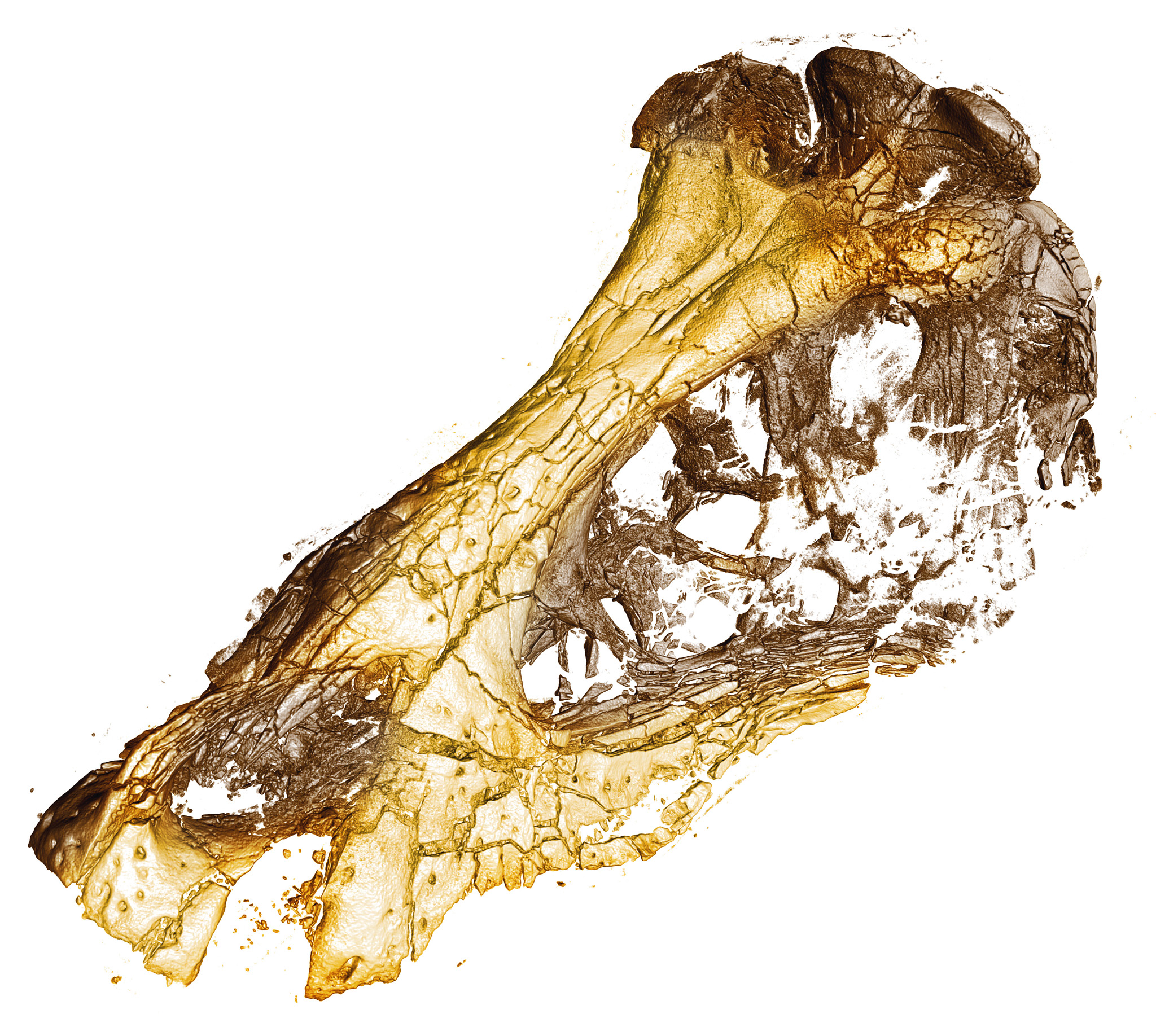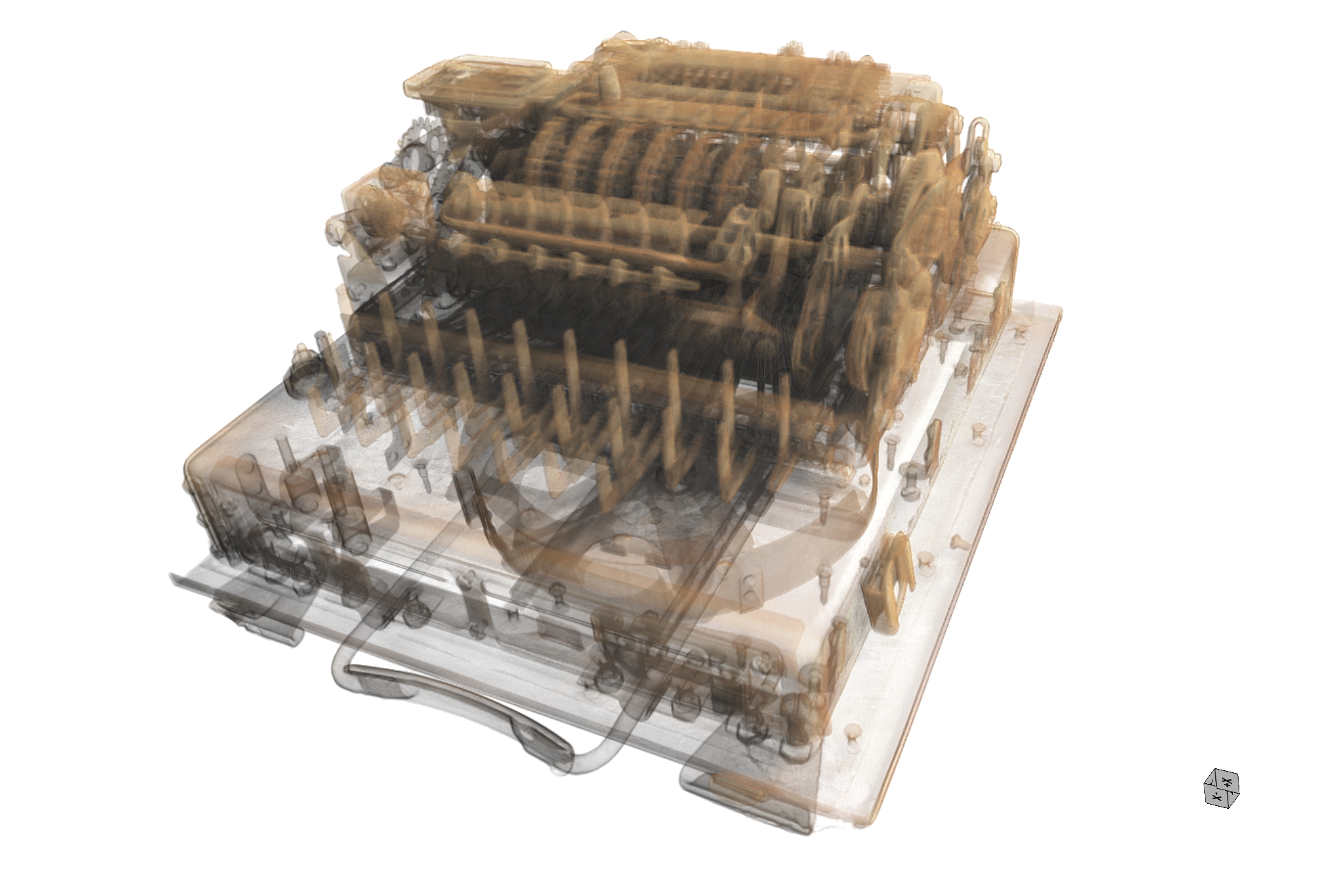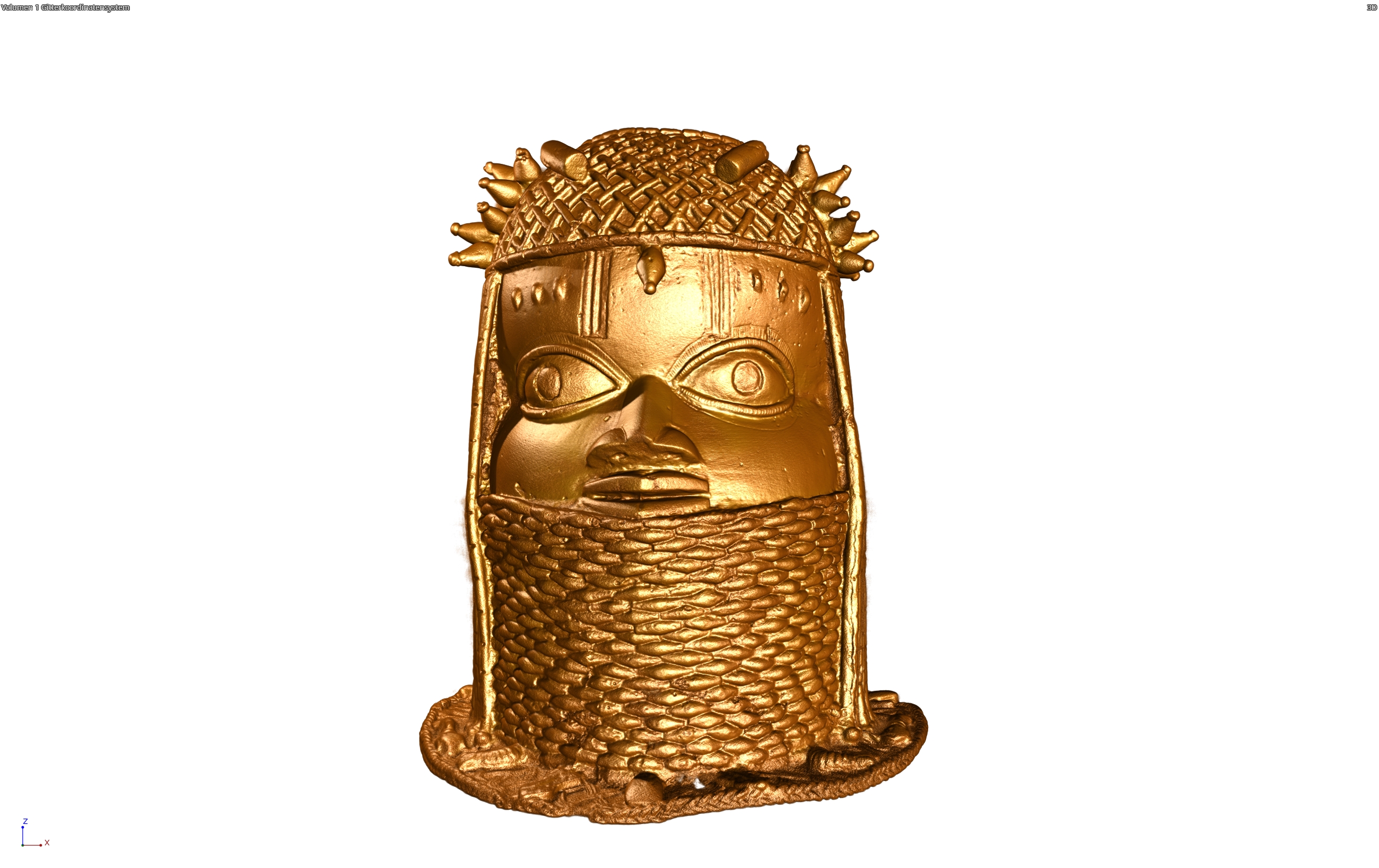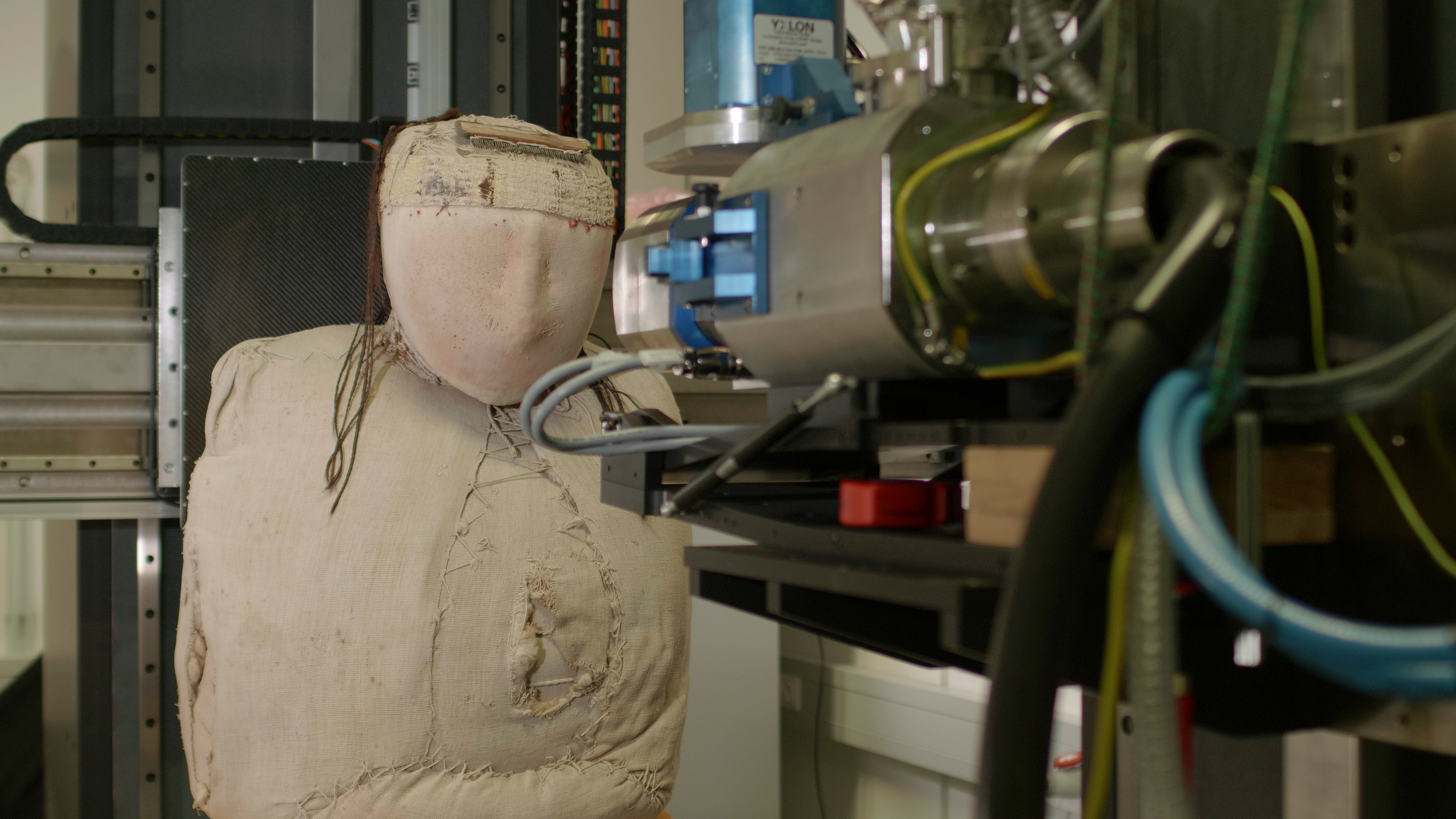The digitization of European cultural heritage represents both a tremendous challenge and an unprecedented opportunity to tap into forgotten, unrecognized, and previously inaccessible sources of knowledge. Without directly physically affecting precious, delicate, and rare individual items, the virtual collections created through digital networking will offer a completely new quality as a data basis and object of study.
Digitization of cultural assets
Our Services
Beyond mere data generation, we develop software, processes, and systems for segmentation, visualization, 3D printing, etc., so that various user groups can work efficiently with the digitized materials.
Our areas of work here involve data storage (server-based or as a cloud service), databases including the capture of complex metadata (ontologies), web viewers, and compression for CT volume data, AI support in segmentation, visualization, and surface extraction.



